I sometimes tell my children that they have superpowers—usually when they’ve done something amazing, unique or powerful.
I’d like to think that I, too, have a superpower: I can move physical pain from a 9 to a 0, just with my thoughts.
I’ve been practicing this power—honing it—for more than twenty years now.
I remind myself of this as I sit frozen in my office chair, staring at my computer and bombarded with back pain so shrill that it freezes my thoughts and feelings. One moment I’m contemplating the end of the semester and thinking excitedly about my summer plans; the next, I’m gripped by searing pain that obliterates those thoughts.
Whenever this happens, I tell myself that this is pain’s whole point—to protect me, to insulate me, to leave me quite literally powerless. Then I sit on the floor, take a deep breath and begin the process of internally pushing back, of retrieving my mind and body from the onslaught of pain.
Sometimes it takes moments, sometimes much longer to identify the feelings that the pain has shut down or distracted me from. When I can finally name and embrace these feelings (in this case, excitement) and own the reasons why they’ve been shunted aside, the pain stops. I move from a nauseating 9 to a peaceful 0 and get my life and thoughts back again, as if released from some powerful force. No longer frozen by pain, I can go back to being excited for the vacation ahead.
It took me many years of being pushed around by pain before I learned to pivot and push back like this.
Freshman year of high school was when chronic pain began for me. At the time, I chalked it up to being an athlete, and I iced away my first sore ankles, shins and knees. Later, during track season, it was my shoulders, hips and elbows that hurt. I focused on relieving acute symptoms: Tape, ice, heat, wrap, take aspirin and repeat.
In graduate school, things got a lot worse. A twinge in my lower back quickly blossomed into immobilizing pain. I tried to push through: Unable to sit, I stood at the back of the classroom or lay on a table. I studied in bed and kept going, but my life narrowed: I could stay on my feet only for short stints before having to lie down. To stay mobile, I got a cane and a “handicapped” placard.
Just when I thought things couldn’t get worse, they did: I lost my hand mobility as well. No longer able to hold a pen or to type, I used scribes and online software to finish my courses.
At that point, I turned to the medical profession for answers—thirty-seven different medical providers, to be exact. I visited physical therapists, chiropractors, pain specialists, orthopedists and surgeons at top medical institutions. I did bloodwork, MRIs, X-rays, you name it. But no one could explain the severe, debilitating pain that reverberated throughout every joint.
They prescribed bottles and bottles of pills for pain management, but not a single drug affected the pain. In hindsight, I realize how fortunate I was, in the early 2000s, to be a non-responder to opioids, or my story might have ended very differently.
My pivot point came when I began to surround myself with medical and mental-health providers and support groups who focused on the “whys” of my physical pain: Why was I hurting? Why was I immobilizing myself? What purpose did it serve?
With their help, I developed a routine that I’ve practiced for the past twenty years whenever my pain moves up—sometimes all the way up to a 9–and I need to bring it back down.
I sit on the ground in a small, contained space.
I listen for a while to the muffled silence created when the pain signals swamp my brain, allowing nothing else through. It’s an oddly quiet sensation, like sinking slowly to the bottom of a lake filled with dead leaves, falling further and further below the surface. That silence, I believe, is created when pain signals have knocked my ability to process emotions and thoughts completely offline and taken their place.
I consider how to unthaw myself and get my emotional processing back online. It’s a hell of a fight, and this step has taken me years to learn to do on my own. Usually, I sort back through what I was thinking or feeling just before the pain started. I try to name the strong feelings that might have triggered it: Anger, fear, sadness or excitement are the usual culprits. I try to articulate why these emotions feel so intolerable, and I rekindle memories of times when I, and others, have been able to tolerate them.
I remember that I’m not alone. I imagine the providers I’ve sat with over the years who have not flinched from pain, who aren’t impressed by pain’s bullying tendencies, and who have named the strong feelings for me over and over, and I channel this familiarity. I visualize their faces, their confident expressions that tell me I’ve outgrown this, that I’m not this helpless and that they believe I can stop this.
Finally, I tell myself to STOP IT. I remind myself that I am in charge of my own life, that I won’t tolerate this treatment of myself, that I’m not afraid of or impressed by this level of pain, that I’m not alone, and that I can tolerate my own feelings. I tell myself that I crave and deserve aliveness, not this muffled world, and ENOUGH!
I dig my heels in—and often, by sheer force of mind, I kickstart my emotional engine again, and my pain suddenly drops from excruciating to almost nothing. It’s as if an iron fist has let go, and I can move again.
I get up off the floor and resume my life, nimble and functioning again–my body, mind and feelings no longer paralyzed.
Easing my pain this way used to take weeks. Then the process dwindled to days, then to hours; now, it often takes just minutes.
Over the years, I’ve learned to believe that I have power over my pain, no matter how ferocious, and that this power comes from within. To achieve this, I needed providers who could consistently name for me what was happening—who could divert my gaze away from the physical pain and instead direct it inward, towards my emotions. They helped me to stop being tricked into believing that my pains were physical symptoms that had physical remedies.
My life has been quite literally saved by people who stood up to pain, called it out for what it was and wasn’t, who didn’t blink at its shrieking levels, who paid attention to what lay behind it and taught me to do the same. This is now my own superpower. When the ordinary emotions of my life transform into extraordinarily destructive pain, I can now transform them back into emotions—in this case, excitement as I sit in my office chair contemplating the semester’s end.
Perhaps, when it comes to my children, I should focus on the ordinary, rather than the extraordinary. I can teach them to name and embrace their ordinary feelings, so that they might never need superpowers to knock those feelings back down to size.

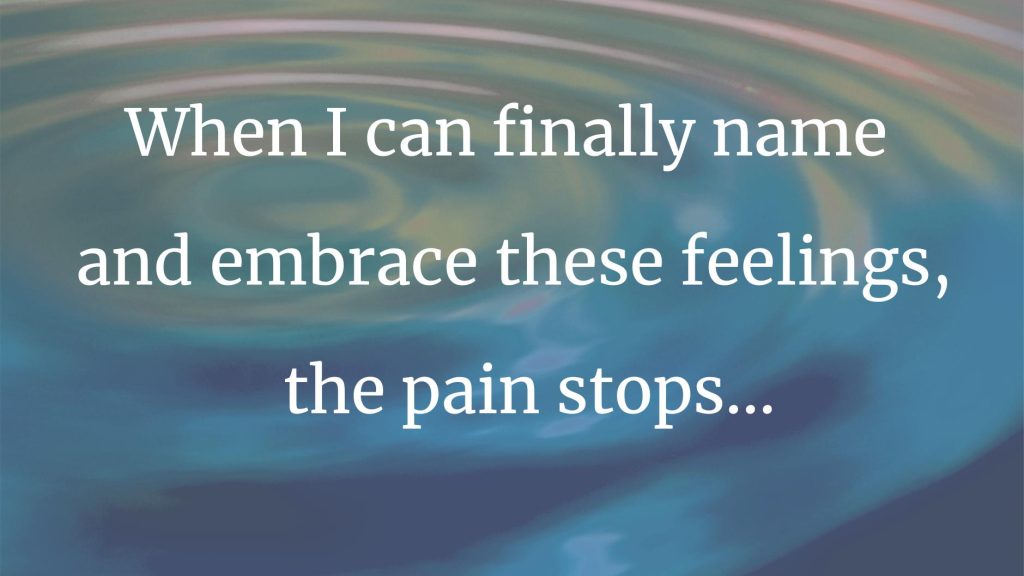
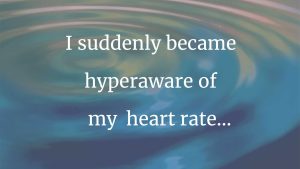
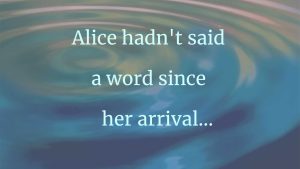
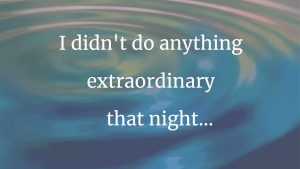
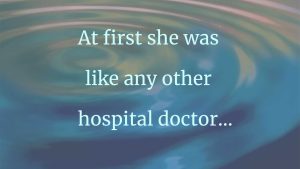
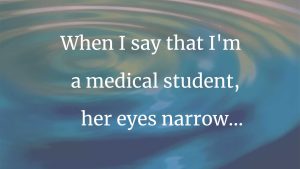

8 thoughts on “Superpower”
This is wonderful! Thank you for sharing!
Thank you Patty!
It’s truly extraordinary and deeply meaningful how you have embraced the psychic/emotional aspects of chronic pain, and created space in your Inner Self to arrest a once uncontrolled process. I wonder if you have any experience or familiarity with Emotional Freedom technique(s) aka “Tapping therapy”, or have had an opportunity to one t with any of the philosophy of Joe Dispenza- via video or books?
Many Blessings.
Thank you T Sirico for the suggestions!
Thank you, Cara. This is lovely! The insights are so valuable! I read it again and again. I believe your words will heal many.
Thank you Laura!
What a powerful story. I am so impressed by your resilience and ability to control your pain with your mind. I am a PT who has experience both as a provider and as a patient with pain. The physical manifestation of emotional pain is a powerful yet. as your experience so eloquently demonstrates, controllable by oneself. Thank you for sharing.
Thank you Susan!